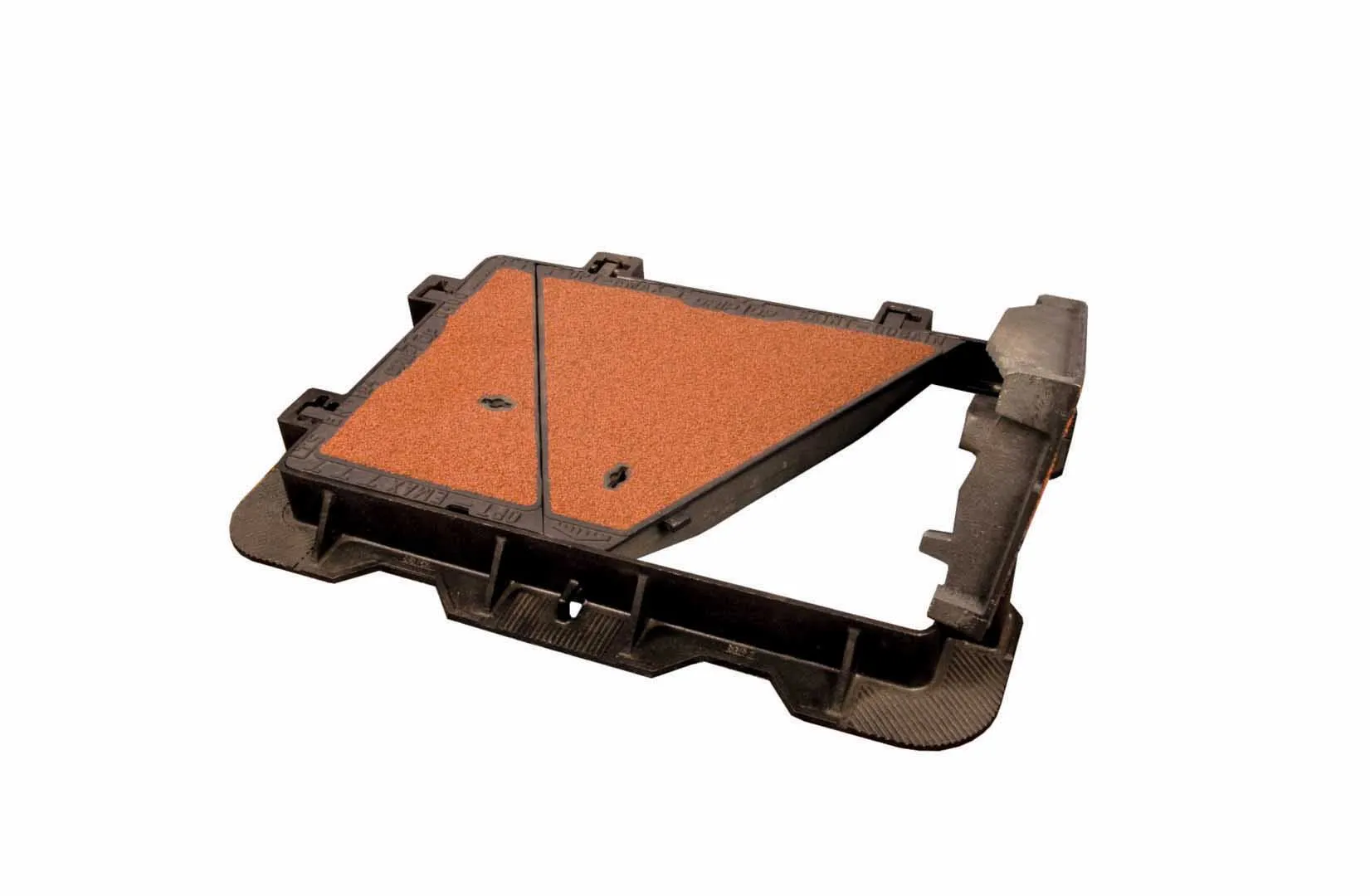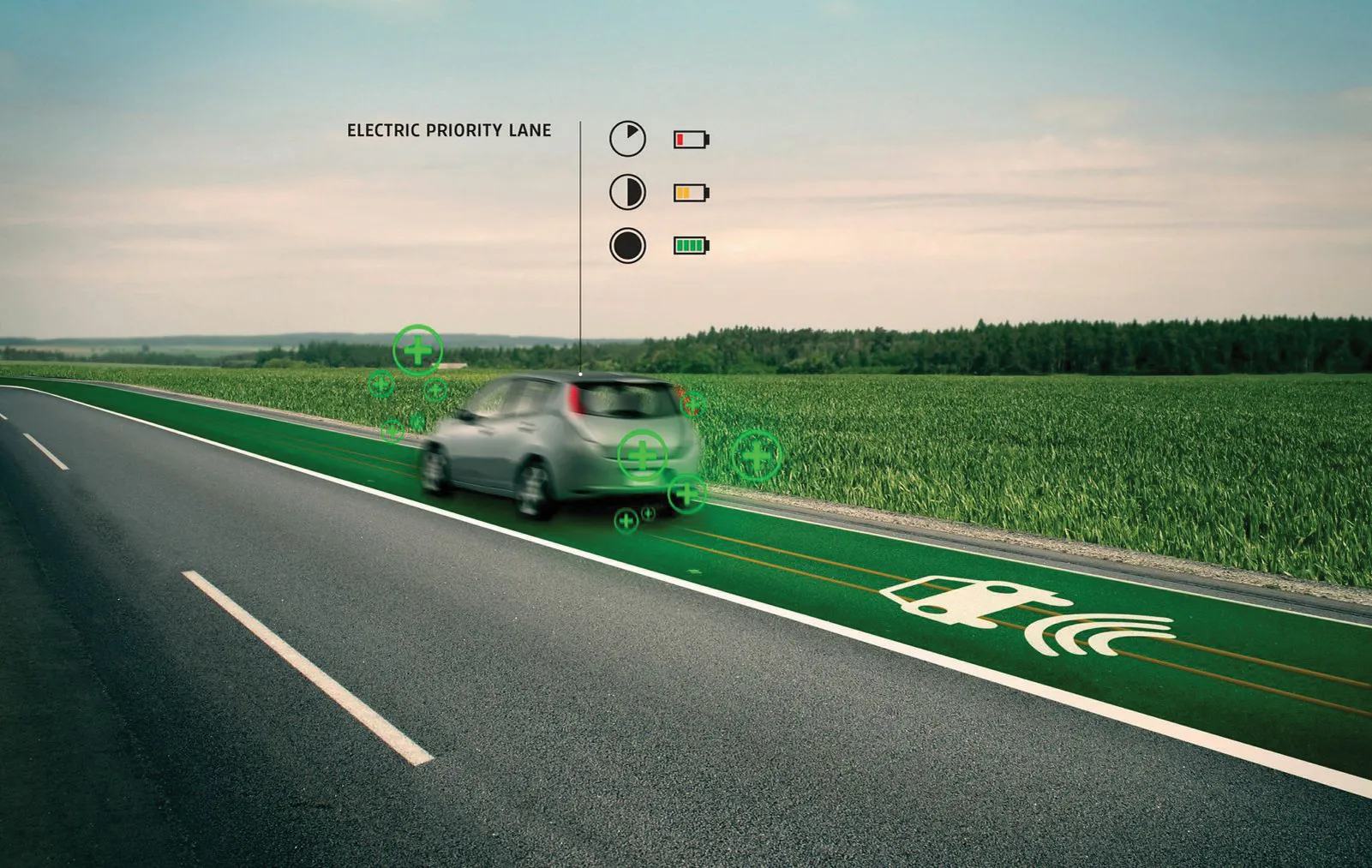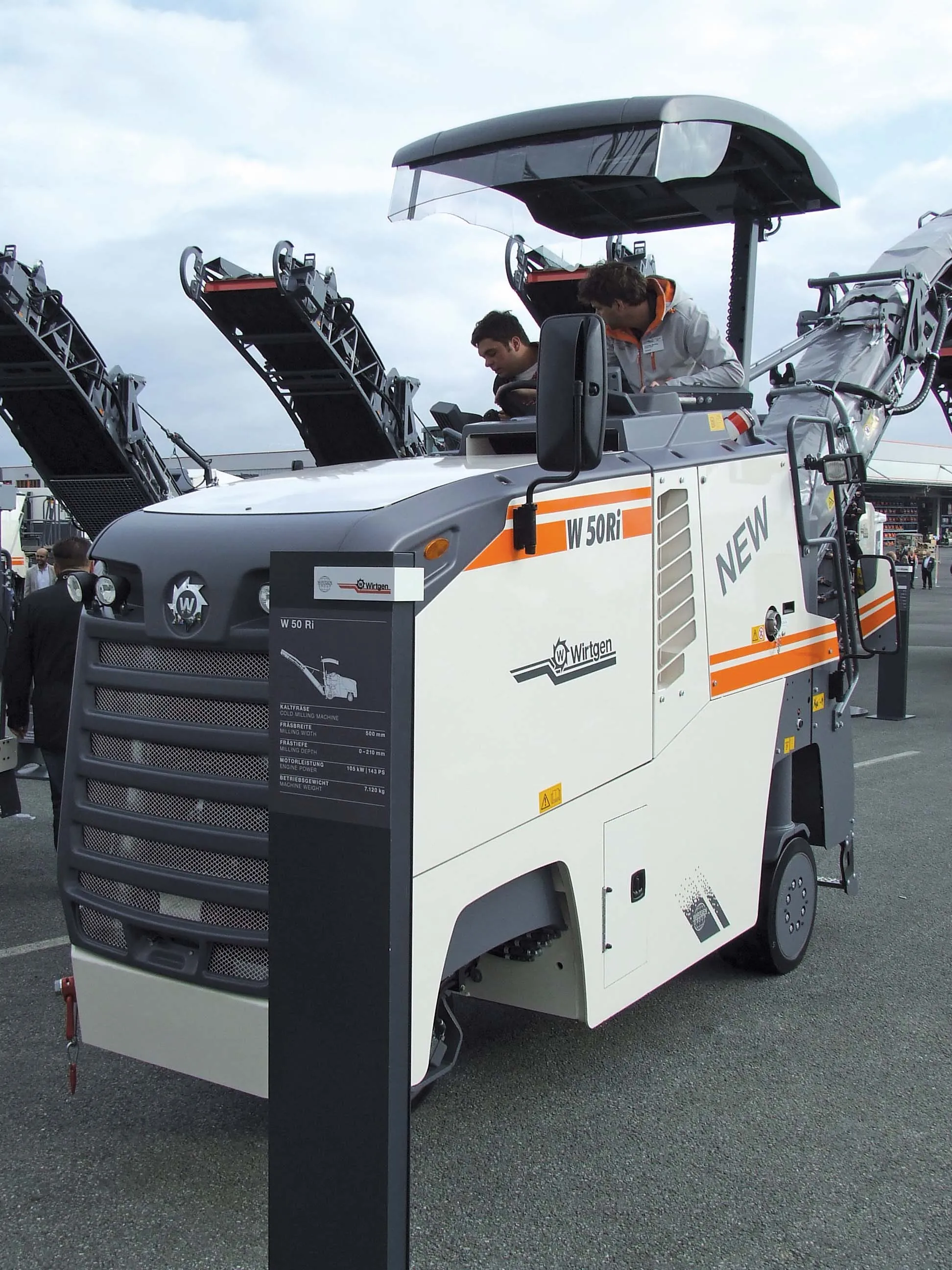Saint-Gobain PAM UK is now offering the Opt-Emax and Ult-Emax variants of its anti-skid treated GripTop range of access covers. These units have been developed to help boost safety for vulnerable road users such as motorcyclists and cyclists in particular.
Conventional access covers can wear away over time and become smooth and slippery due to decades of traffic. These pose major hazards to motorcyclists and cyclists, particularly in poor weather. The GripTop range from Saint-Gobain PAM UK features D400 an
July 14, 2015
Read time: 2 mins

Conventional access covers can wear away over time and become smooth and slippery due to decades of traffic. These pose major hazards to motorcyclists and cyclists, particularly in poor weather. The GripTop range from Saint-Gobain PAM UK features D400 anti-skid treated access covers that are said to provide durable performance where the road configuration and traffic conditions require long-lasting grip for added safety.
Combining ductile cast iron and an aggregate surface, the GripTop range is fully compliant to BS EN 124 and has been proven to provide a Skid Resistance Value (SRV) superior to 63 after 130,000 6.5tonne loaded passages at 40mph. An SRV of 55 is recommended by the Design Manual for Roads and Bridges (DMRB) as a minimum for high-risk situations.
To help improve aesthetics in the urban environment, the range can be finished to match the surrounding road surface colour, including red to match bus and cycle lanes.
For ease of maintenance, developments are also underway to use coloured aggregates to help identify the type of chamber that sits below the access cover.









